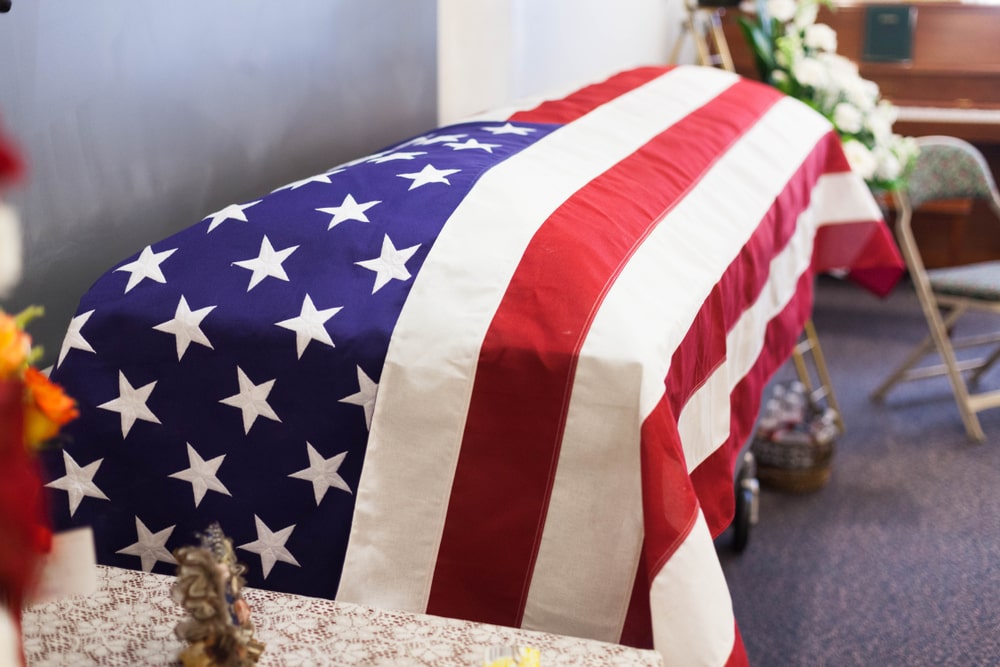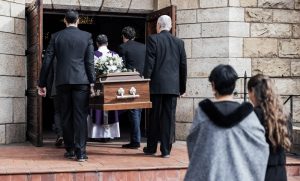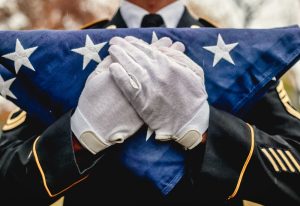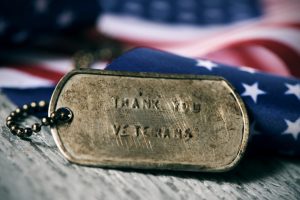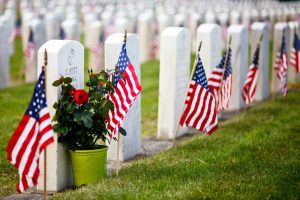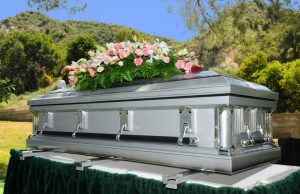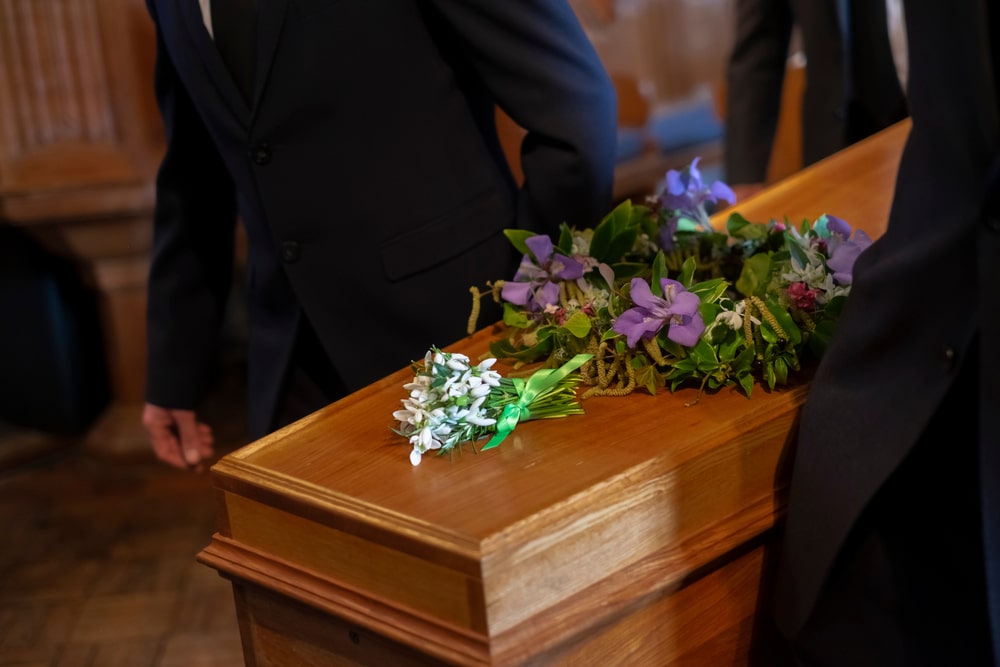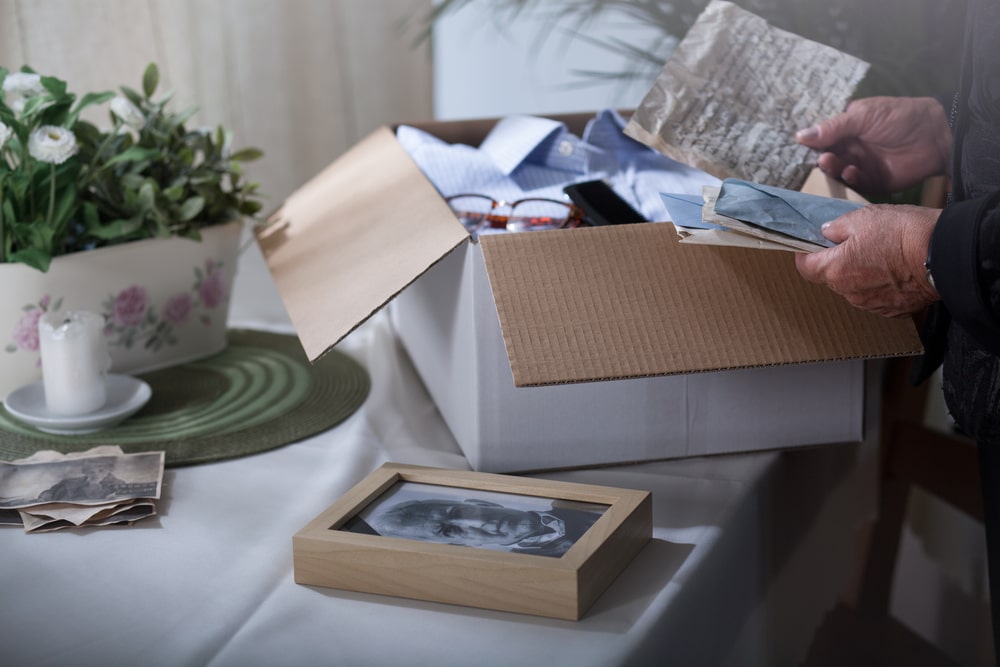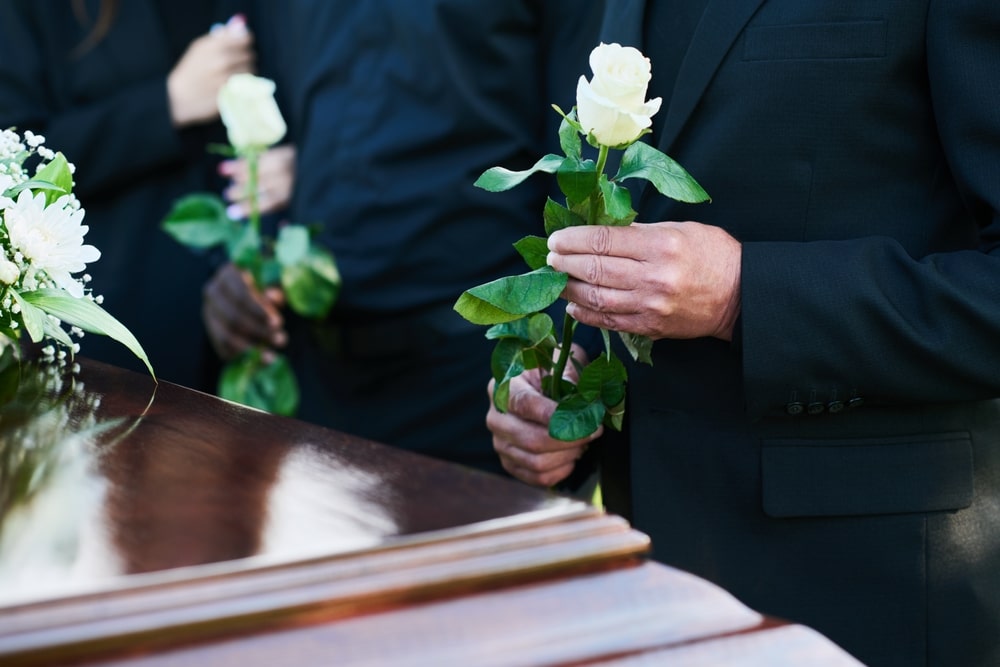
The funeral is a time to truly honor and remember a loved one’s life, but how can you personalize the service to reflect that special person’s personality, preferences, interests, and uniqueness? According to Dr. Alan Wolfelt, nationally respected grief counselor and author, there are 7 distinct elements to a funeral, and each one can be personalized. Today, let’s talk about how you can incorporate healing actions to personalize a loved one’s final tribute and create an event that is truly special and meaningful.
First, Why Does Personalization Matter?
“I encourage you to slow down, take a deep breath and focus on what is really important—what is essential—about the funeral you are planning. What is essential is the life that was lived and the impact that life had on family and friends. To honor that unique life, the funeral must also be unique. Over and over, families tell me that the best funerals are those that are personalized.” – Dr. Alan Wolfelt
In a world focused on efficiency and getting things done as quickly as possible, the funeral is a moment to slow down and be thoughtful. When we do things too quickly, they can sometimes feel impersonal and hollow. That’s why personalization is key!
A personalized service beautifully and lovingly honors a life. It creates a sweet moment of remembrance, a time to say goodbye, a unique acknowledgement that a person’s life mattered in all the big and small ways. Now, let’s talk about healing actions and their vital role in personalizing a funeral or memorial service!
How to Personalize Healing Actions at a Funeral
During times of grief, healing actions allow us to put our inward feelings into outward action. For example, it’s therapeutic to take flowers to a loved one’s grave or write down what we’re feeling or sit down to chat with a friend about cherished memories. These types of actions help us heal. But how can you incorporate healing actions into a funeral service?
1. Add a group activity
One option is to create an activity that everyone can participate in. For example, provide notecards for mourners to write down memories to share with the grieving family. Create a group photo collage by requesting that people bring a photo of themselves with the person who has died. If your loved one was an RC plane hobbyist, ask their buddies to do a flyover at the graveside service. Set a theme – a favorite color, movie, sports team – and ask mourners to dress accordingly. There are many ways to invite people into healing actions while keeping it simple.
2. Include a release or lighting ceremony
With a release ceremony, the idea is to release something into the sky, as a symbolic way of releasing a loved one’s spirit to heaven. You could choose to release butterflies, doves, or whatever else makes sense for your family (as long as it doesn’t harm the environment). On the other hand, a lighting ceremony allows mourners to light candles of remembrance in honor of the person who has died. Talk with your funeral director about your options and find what works best for your needs.
3. Ask people to participate in specific roles
Throughout the funeral or memorial service, there will be opportunities for people to step in and participate in healing actions. You could ask family or friends to act as eulogists, readers, singers, musicians, or pallbearers. If you plan to host a gathering after the service, consider potluck style and request that people bring dishes. Ask friends to act as greeters or ushers. Active participation will make people feel included and like they truly had a chance to honor that special person.
4. Incorporate traditional healing elements
Finally, there is great comfort in tradition. Feel free to include customary healing actions, like a funeral procession, viewing of the body, visitation, or graveside service. The ultimate goal is that mourners feel they have been part of a proper sendoff and said goodbye in a way that brings peace. Speak with your funeral director about including traditional healing elements in the service so you can decide which ones make the most sense for your loved one’s final tribute.
Questions to Help You Brainstorm
Perhaps ideas are already coming to mind about how you can incorporate healing actions into the final tribute – that’s great! However, for those who may be drawing a blank, here are a few questions to help you brainstorm what kinds of actions you could include at a service.
- Did your loved one enjoy a particular sport/activity that could be included?
- Is there something special you could release?
- Would you like to set a theme?
- Were they of a profession where a special tribute could be included (police officer, fireman, veteran, etc.)?
Hopefully, these questions will trigger some ideas for you and give you a good starting place for selecting actions that will not only personalize the funeral but add special meaning. And if you are stumped, your funeral director can help. They are your advocate and guide throughout the funeral planning process. They can provide much-needed assistance when you just aren’t sure what to do next.
For additional inspiration, here are more articles on healing actions that may help:







